Contents

Supporting Young Children Through Change and Everyday Transitions
Practical Strategies for Practitioners and Parents
Sonia Mainstone-Cotton


Contents

Introduction
Change is part of everyones life, and some of us manage change better than others. Some people thrive on change, they love the variety and become very bored when things stay the same; others love similarity, they are at their happiest when there is routine, familiarity, sameness. This book is about helping children manage and cope with changes and transitions. Children experience numerous changes throughout the day and in their young lives. Some children, like adults, are relaxed and at ease with change; others can find change very distressing. This book will look at some simple but effective ways in which we can support children through changes.
Before we continue, I want you to make a moment and think about how you manage change. I think it is helpful to be reflective about how we feel about change. Below are a few questions to help you think about this.
Questions for practice
Do you have a routine in your day that you like to stick to? If this changes unexpectedly, how do you feel?
Are you someone who likes to live in the same house/do the same job for a number of years, or are you someone who prefers to move jobs/houses regularly?
Are you someone who gets bored easily and likes to try new things regularly, or are you someone who, once you have found something you like, sticks with it?
What helps you deal with change? Being prepared and thinking through what might happen? Or are you someone who is happy to try, experience and be in the moment with change?
These are some very simple questions, but I hope they will give you some thoughts about how you feel about change, and how you approach change. Being aware of how we feel about and deal with change in ourselves can help us to understand and reflect on how children manage change. As adults, we can often have a large amount of control over the change we experience; not always, of course, but we can usually choose the work we do, the house we live in, the food we eat, if and where we go on holiday, the friends we have, where and how we play and rest. As adults, we usually make these decisions for young children and we dont always prepare them for the changes they encounter. Some children can find this overwhelming and very scary, and then they communicate this to us through behaviours that we often describe as challenging. But if they are scared and frightened and confused, they are telling us in the only way they know how. When we stop and reflect, it is not really surprising that children can be overwhelmed by changes if they dont know what to expect or what is happening.
Helping children manage and cope with change has become a key part of my work life. I work part-time as a nurture consultant for a team in Bath called Threeways Brighter Futures. I am part of their Nurture Outreach Service, which is a service that supports Reception-aged children in their transition from pre-school to school, throughout their Reception year and across the transition into Year 1. These children find changes and transitions very challenging and they can easily become overwhelmed. A key part of my job is supporting staff in thinking about all the changes that are happening and how we can support these. This is always about clear communication to the child; it is about thinking ahead and anticipating, where possible, what might be a stressor for the child.
In previous books, I have written about childrens wellbeing (Mainstone-Cotton 2017) and listening to children (Mainstone-Cotton 2019). This book is taking these ideas a step further. As I mentioned earlier, the main part of my role as a nurture consultant is to prepare children for transitions, for change, both big and small. I have learnt that if we take time to think through, prepare children, pre-warn them of changes, then we are making life a little easier for them and us, ultimately helping the childrens and our wellbeing.
The two chapters in the first section of this book look at childrens social and emotional development and how we need to support childrens wellbeing. Each chapter in the second section then explores a different theme and the changes that a child may encounter; some of these may appear small, others are bigger issues. I hope this is a book that you can read through but also go back to and dip in and out of when a particular difficulty is arising. The themes covered are:
new siblings
new pets
going on holiday
moving home
starting school or nursery
family changes and separation
illness and hospital stays
death and bereavement.
References
Mainstone-Cotton, S. (2017) Promoting Young Childrens Emotional Health and Wellbeing: A Practical Guide for Professionals and Parents . London: Jessica Kingsley Publishers.
Mainstone-Cotton, S. (2019) Listening to Young Children in Early Years Settings: A Practical Guide . London: Jessica Kingsley Publishers.
Section 1
 The Impact of Change on Development and Wellbeing
The Impact of Change on Development and Wellbeing
Chapter 1
 Childrens Social and Emotional Development
Childrens Social and Emotional Development
This chapter is going to explore how changes and transitions can have an impact on childrens social and emotional development and their mental health. Most of my work life focuses on how I can help young children to have a good wellbeing, and my first book gave practical guidance on this (Mainstone-Cotton 2017). A good wellbeing is intrinsically linked to a childs social and emotional development. The more I work in this area, the more I realize that if we can equip children in their early years to be resilient, have a good wellbeing, feel safe and feel listened to, we are giving them the best start in life. Assisting children through the many changes they will encounter, and helping them to feel safe and secure though these, is a key part of supporting a childs emotional development.
Assisting children with changes and transitions is an essential part of how we support their personal, social and emotional development (PSED). We know that PSED is recognized as a crucial part of child development, which is why it is one of the three prime areas of the Early Years Foundation Stage (EYFS). There is a growing recognition of how we need to understand and attend to a childs social and emotional development. Several years ago, I went on a study trip to Sweden to see early years practice. One of the educators told us that the main focus of the work of early years practitioners in Sweden is to build and strengthen a childs PSED for the first six years of their life. Then they are ready to start building from this and begin learning other things. This approach is similar in Denmark and other Scandinavian countries. I love this approach, and it distresses me to see the focus our current government in the UK has on teaching early years reading and writing and maths over PSED.
Brain development
I firmly believe that if we can get it right with early years children we are setting them up with the best start. If we can help young children to be able to cope with change and know what it feels like to be supported through change, then this gives them a firm foundation for them to grow from and will help them to cope with later changes in their lives. To be able to do this we need to understand what is happening in a childs brain. We now understand how the brain develops; for example, the higher rational (thinking) part of the brain develops later than other parts of the brain. The reptilian (instinctive breathing, temperature regulation, hunger, movement) and mammalian (emotional fear, rage, but also playful and social) parts develop before the higher, rational part of the brain.

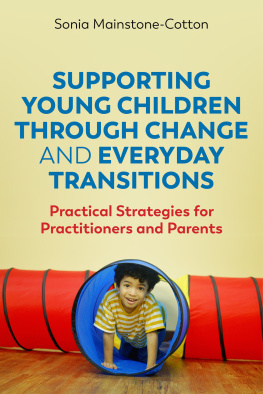
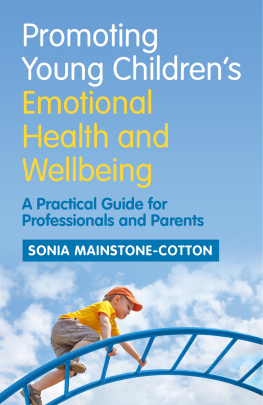

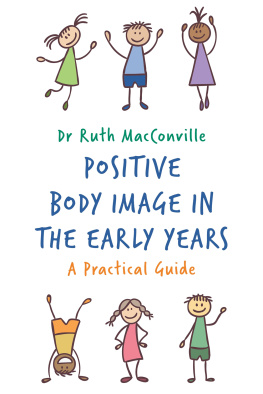

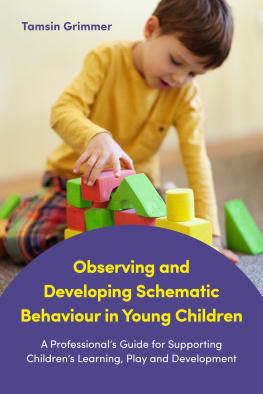


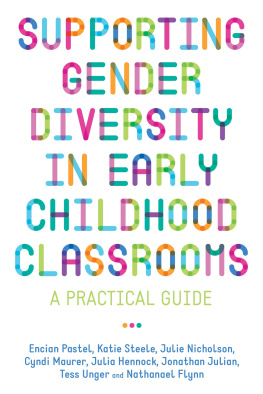


 Contents
Contents